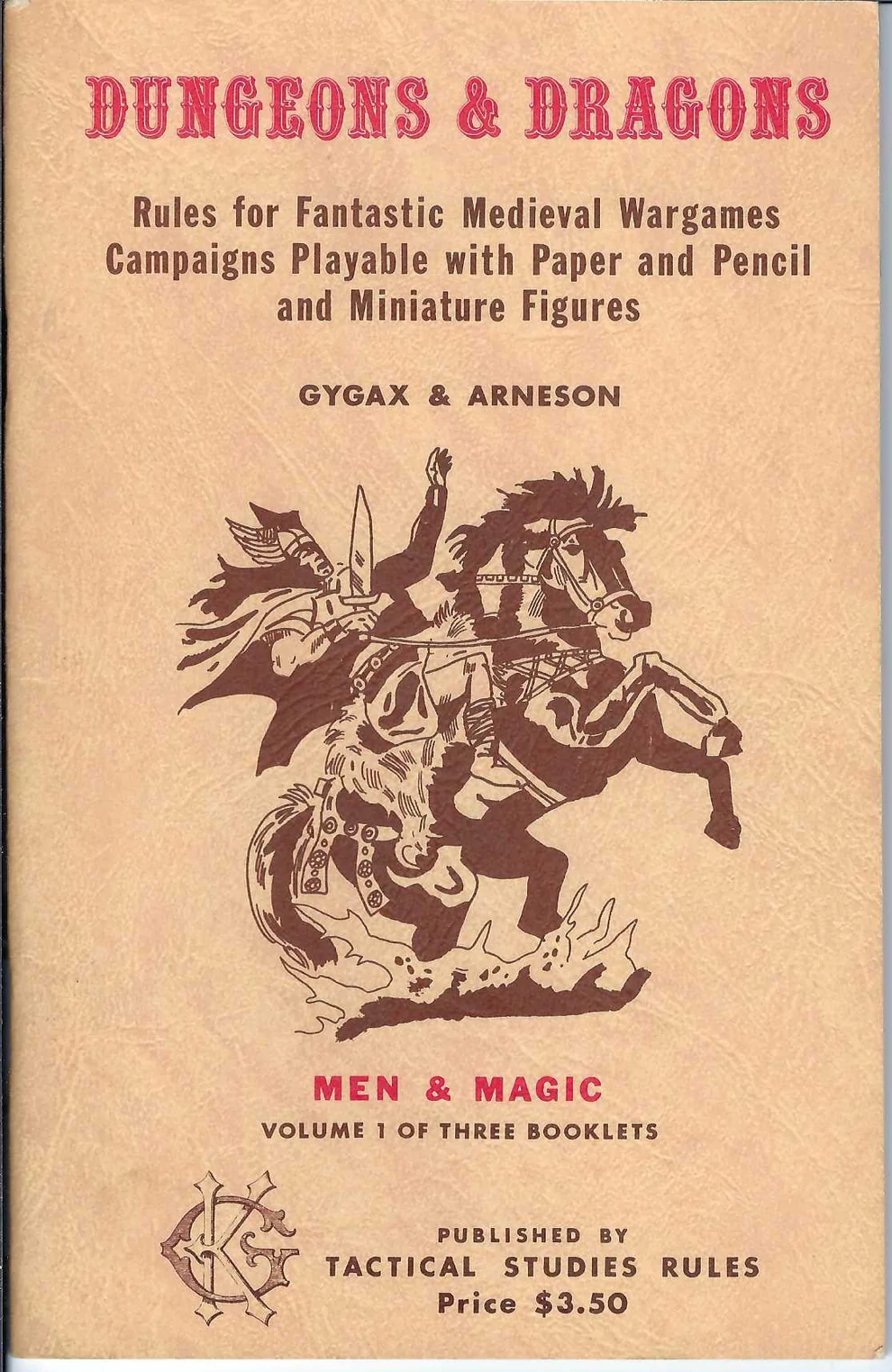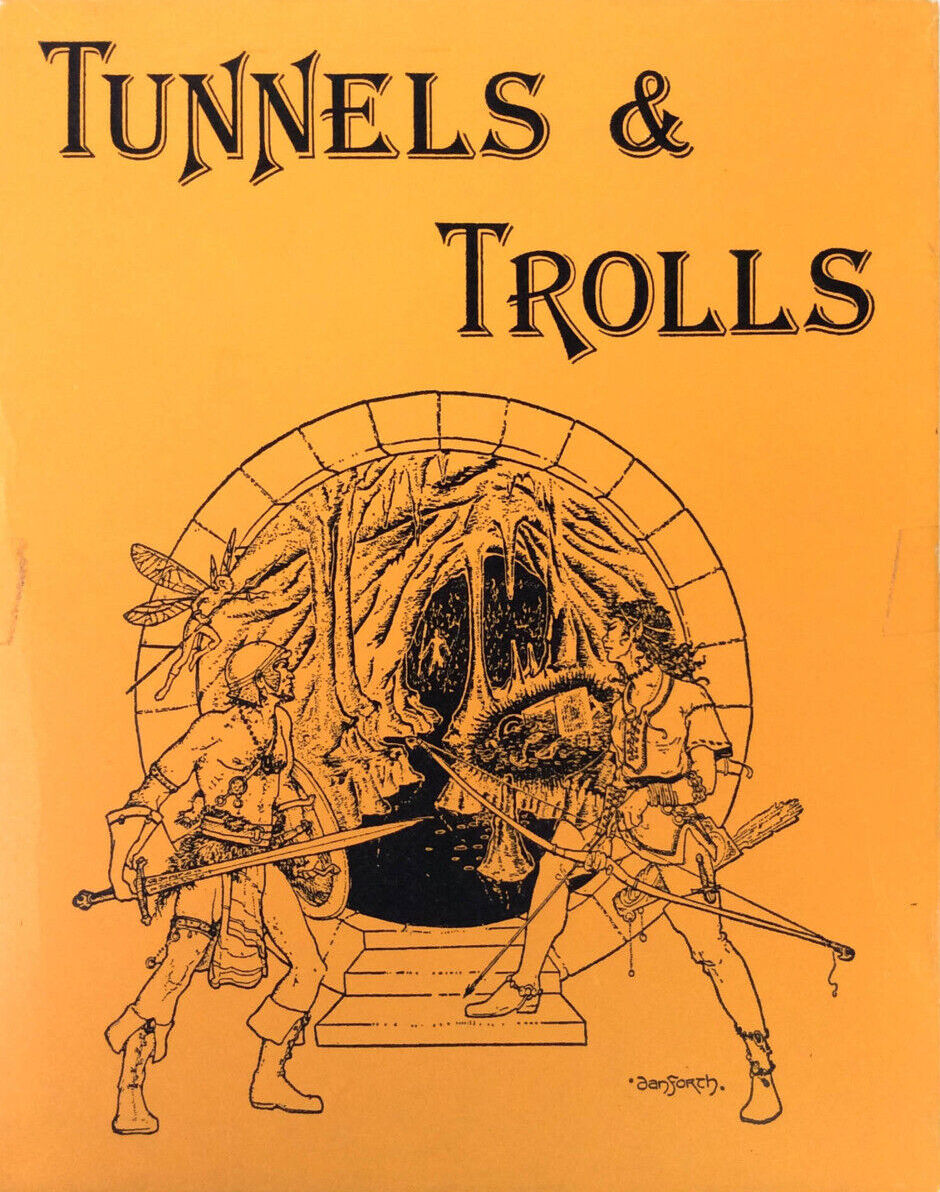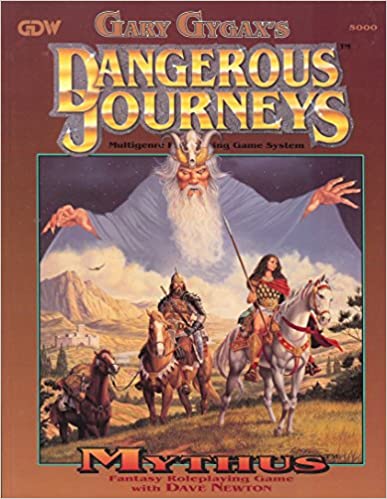This is a collection of notes on creating a new standalone game (role-playing or board) which draws on or develops ideas from an earlier game. This was complicated by Wizards of the Coast's Open Game License in 2000 and their release via Creative Commons in 2023. There are no hard and fast rules here, but I can refer to history and precedent to inform.

Long before any open license, many similar games were released. The original release of Dungeons & Dragons was in 1974, written by Gary Gygax and published under company TSR. It was small press, and immediately ran into copyright trouble itself. The Tolkien estate sued over use of similar creatures, and the original D&D books were modified to rename "hobbit" as "halfling".
That is itself noteworthy, as it touches on the copyright status of unique creature creations - like "hobbit" for Tolkien, but also creatures unique to D&D like the beholder or displacer beast. It had been long established that unique characters are protected by copyright, such as Bilbo Baggins. The status of those are clear. However, the status of creatures like hobbits or beholders is less clear. It is possible that TSR could have disputed the protection, but they didn't want to take on the much more wealthy Tolkien estate.
After D&D, it did not take long for similar games to pop up. Just a year later in 1975, Ken St. Andre released Tunnels & Trolls. This was an obviously similar name, which had a similar premise but also many distinctions. To compare:
Most later games didn't come any closer than this prior to 2000, though there were a handful, like The Complete Warlock.

So the important question is: how similar does a new game have to be in order to infringe on a previously copyrighted game? It seems possible that The Complete Warlock could have been infringing, but at the time, TSR wasn't interested in filing a lawsuit. That would change with a larger publication in the 1990s.

Over a decade later, though, Gary Gygax had left TSR and tried writing a new fantasy RPG, called Dangerous Journeys and published by GDW in 1992. (It was originally "Dangerous Dimensions", but that was claimed as too similar in trademark to D&D, and GDW backed down.) TSR then filed a copyright lawsuit over the system itself, with details available here. The case was not tried in court, but instead the two companies settled with TSR eventually buying the rights to the game.
The unresolved suit is almost certainly an overreach, however. The main mechanics of Dangerous Journeys are quite different than AD&D. From a gamers point of view, there are a great many published RPGs which are closer to AD&D than DJ is. Many games such as Bard Games' Arcanum or Palladium FRP are much closer to AD&D both on the surface and in practice. On the other hand, some incidental text such as equipment lists did appear to be taken directly from AD&D. Gygax as a writer apparently repeated himself.
So while one should pay attention to the suit, I think the grounds for the suit were based on the author (Gary Gygax) having previous worked at TSR and on minor text such as random insanity tables and monster names.
TSR went bankrupt within a few years, and was acquired by new company Wizards of the Coast in 1997. In 2000, they released third edition D&D along with their concept of the Open Gaming License.
...
For a new standalone game, one generally has to deal solely with copyright law. The new game presumably has a distinct title, so trademark law is not relevant. Patent law might apply, but as far as I know there are no patents relating to RPGs. There is one (held by Wizards of the Coast) dealing with collectible card cards which use "tapping".
The U.S. Copyright Office previously had a form letter with instructions for copyrighting games, form FL108. The first three paragraphs of this letter (from June 1999) are quoted below in full:
The idea for a game is not protected by copyright. The same is true of the name or title given to the game and of the method or methods for playing it.
Copyright protects only the particular manner of an author's expression in literary, artistic, or musical form. Copyright protection does not extend to any idea, system, method, device, or trademark material involved in the development, merchandising, or playing of a game. Once a game has been made public, nothing in the copyright law prevents others from developing another game based on similar principles.
Some material prepared in connection with a game may be subject to copyright if it contains a sufficient amount of literary or pictorial expression. For example, the text matter describing the rules of the game, or the pictorial matter appearing on the game-board or container, may be registrable.
This expressed clearly the principles. The exact line between textual expression and idea is still a judgement for the courts, however.
I do not know of any cases that went to court which directly address this question. There are some cases which peripherally address it, however.
In "Anti-Monopoly, Inc. v. General Mills Fun Group" , General Mills attempted to show that the Anti-Monopoly game infringed on their copyrighted and trademarked game Monopoly. Part of the judgement is shown on the Anti-Monopoly website. The Supreme Court eventually found that General Mills' copyright claim itself was bogus, in that Monopoly was based on earlier uncopyrighted boardgames. The Ninth Circuit also explained in their judgement: "Trademarks are not properly used as patent substitutes to further or perpetuate product monopolies."
While interesting in its own right, this does not answer the question of how similar a board or role-playing game has to be to avoid copyright infringement.
In "Allen vs Academic Games", a group marketed tournament rules for playing copyrighted games. This bears directly on game supplements. However, in their judgement the court also noted that the copyright holder ("Allen") failed to show a distinction between the rules themselves and expression of those rules. i.e. There are only so many ways to phrase "play proceeds clockwise around the table" -- but even if you copyright ten different expressions, it does not prevent someone from using such a rule in his game, even if it means using the same or very similar words.
So while reading the above cases gives some impressions, the basic question remains unanswered: how similar does a new game have to be in order to infringe on a previously copyrighted game?
I have no clear answers. The Dangerous Journeys case suggests to me that it is best to avoid any hint of verbatim copying of terms or phrases even if the rules themself are distinct. However, reproducing the rules themselves through different wording appears reasonable. However, I am not an expert in these matters and you must decide for yourself or get your own legal counsel.
| < Back to Copyright Basics | ^ Up to Games&Copyright | Ahead to Games&Supplements > |